Exploring the Key Elements That Define Modern Garden Design
Contemporary gardens reflect modern lifestyles—prioritizing simplicity, functionality, and aesthetic appeal. Designed to complement current architectural styles, these gardens focus on clean lines, minimalism, and sustainable practices. Below are the key features that define contemporary garden design.
Minimalist Design and Clean Lines
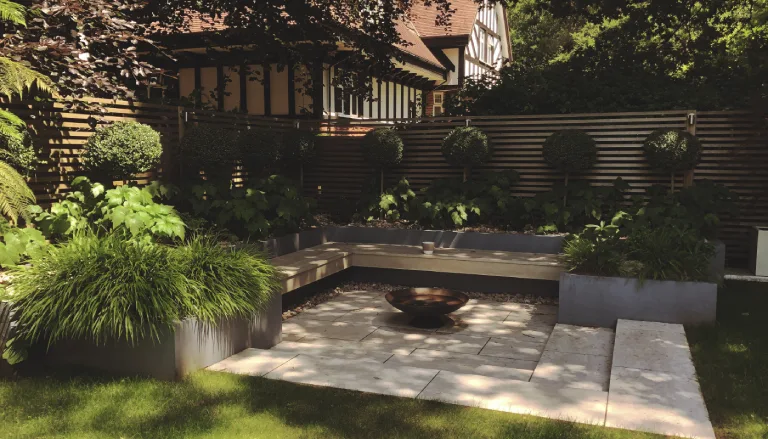
Contemporary gardens often embrace simplicity, using clear geometric shapes and structured layouts. Linear pathways, rectangular lawns, and symmetric planting beds create a sense of order and calm. The emphasis is on reducing clutter, allowing each element to stand out.
Use of Modern Materials
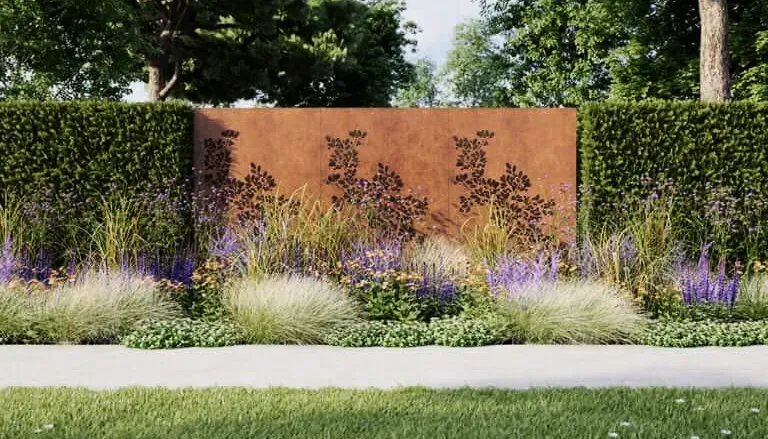
Materials like concrete, steel, glass, and composite decking are commonly used to craft pathways, retaining walls, and seating. These materials not only enhance the sleek, polished look but also offer durability and low maintenance. Smooth textures and neutral tones often dominate the palette.
Sustainable and Eco-Friendly Elements
With growing awareness about the environment, sustainability plays a major role in contemporary gardens. Features may include:
- Rainwater harvesting systems
- Native or drought-tolerant plants
- Permeable paving to prevent runoff
- Solar-powered lighting
The goal is to create an eco-conscious outdoor space that supports biodiversity and reduces water usage.
Outdoor Living Spaces
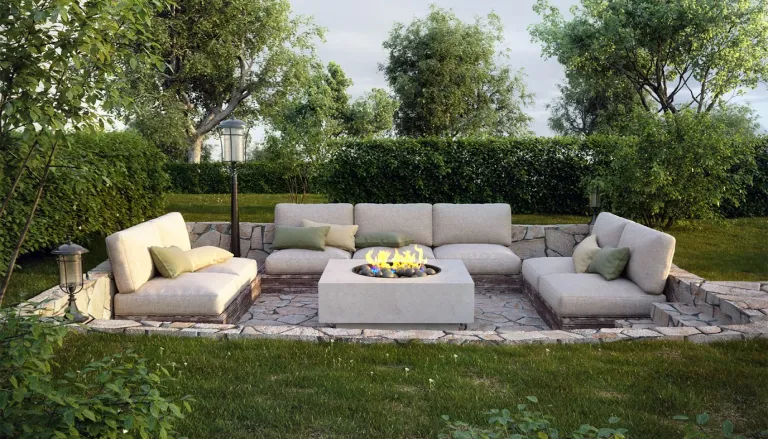
Contemporary gardens often act as extensions of indoor living areas. Functional outdoor spaces—such as lounges, dining zones, fire pits, and outdoor kitchens—are incorporated to encourage relaxation and socializing. Furniture tends to be modern, weather-resistant, and streamlined.
Structured Planting Schemes
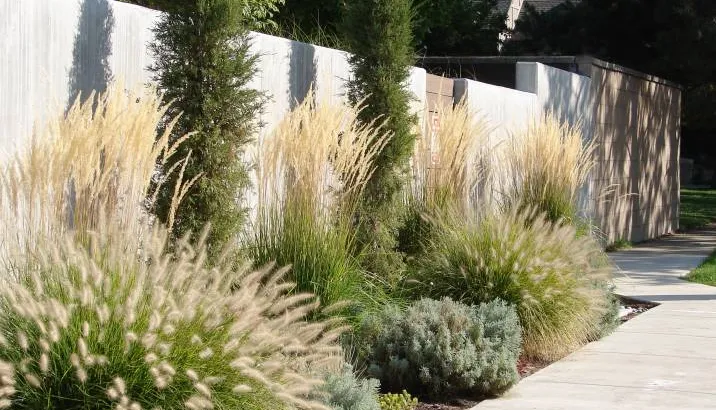
Plants are selected for their architectural forms, textures, and year-round interest rather than floral abundance. Popular choices include ornamental grasses, succulents, bamboos, and shrubs with distinct shapes. Repetition of plant species creates rhythm and visual harmony.
Water Features with Simplicity
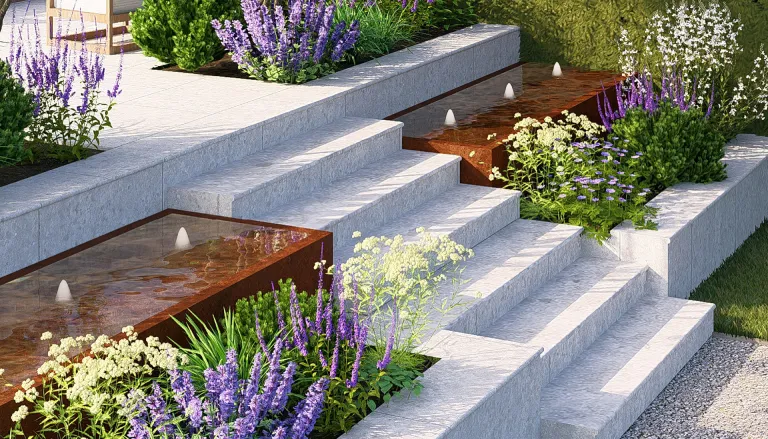
Water elements are designed to be sleek and tranquil rather than ornate. Reflective pools, slim waterfalls, and calm fountains add a soothing ambiance. These features are typically integrated seamlessly into the overall design without overpowering the space.
Neutral and Monochromatic Color Schemes
The color palette in contemporary gardens is often restrained, focusing on shades of green complemented by whites, greys, or blacks. Pops of color, whether from vibrant cushions or seasonal plants, are used sparingly for contrast.
Low Maintenance
Designed for modern busy lifestyles, contemporary gardens prioritize ease of care. The use of mulch, automatic irrigation systems, and hardy plants minimizes upkeep while keeping the garden visually appealing.
Integrated Lighting
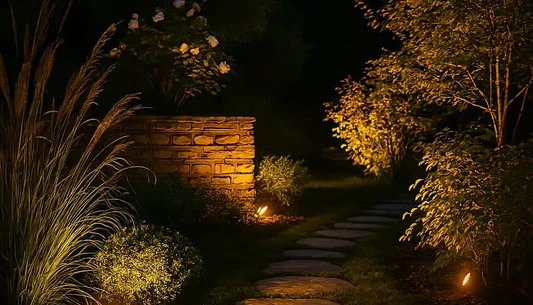
Subtle, strategically placed lighting plays a vital role in contemporary garden design. LED strip lights along pathways, up-lighting on trees, and accent lighting for water features enhance the atmosphere and ensure usability at night.
Blend of Nature and Architecture
Contemporary gardens strike a harmonious balance between man-made elements and natural features. The garden is often designed to flow seamlessly with the architecture of the home, creating a unified and cohesive look.
Conclusion
Contemporary gardens are a reflection of modern aesthetics and environmental awareness. With an emphasis on simplicity, functionality, and sustainability, they offer serene outdoor spaces that are both beautiful and practical. Whether in urban courtyards or suburban landscapes, these gardens offer a stylish retreat that fits perfectly into the rhythm of contemporary living.
